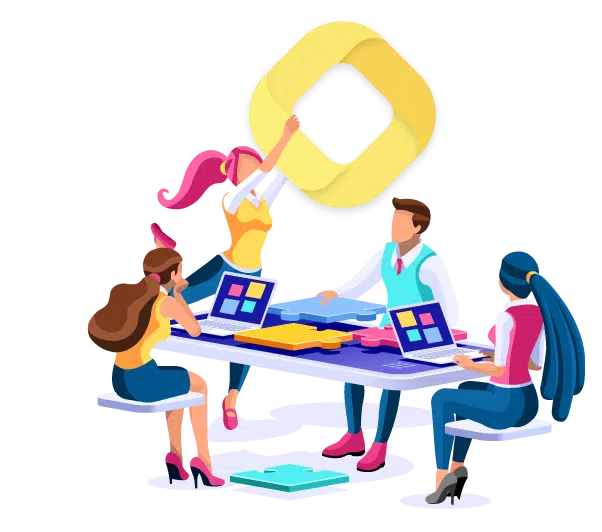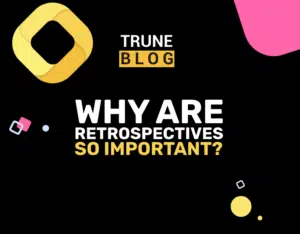Part 5: Closing the Retrospective
According to the book, “Agile Retrospectives – Making Good Teams Great”, a great retrospective consists of 5 key phases. In this guide, we’re using a similar 5-part method to help you conduct fruitful retrospectives. This is the 5th part of this guide. Haven’t read the first four yet? Check out Part 1: Settings Things Up, Part 2: Gathering the Data, Part 3: Generating Insights, and Part 4: Deciding What to Do. In this part, we talk about how to wrap things up the right way. Let’s dive right in.
Closing the retrospective
At this point, you have identified the root causes of your problems and also devised action items to fix them.
Now, it’s time to close the meeting in a way that everyone leaves with a positive vibe. They should get the idea that the meeting was worth it and that they’ve truly achieved something out of it.
We divide this process into 3 substeps.
Conclude the results
Do a retrospective of the retrospective
Say your thank yous and goodbyes
Step 1: Conclude the results
This is where you sum up the whole thing in 2-3 sentences.
Talk about the problems you recognized and devised the solutions for. Simply put, talk a bit about what you’ve achieved in the meeting as a whole.
Step 2: Do a retrospective of the retrospective
In this step, you want to ask the participants how well the retrospective went; kind of like asking for feedback. This will help you improve future retrospectives.
The goal for you is to learn what everybody thinks about the way you conduct retrospectives, so you can make them even better going forward.
There are tons of ways you could do that.
For example, you can ask everyone to write one thing they like and one thing they dislike about the meeting on a sticky note. Then, they’d come forward and explain what they’ve written.
Such activities don’t only make the team more goal-oriented, but also strengthen the bond among team members and make them prideful of working with each other.
All in all, these activities usually put everyone in a good mood, which is the way it should be when they leave the meeting room.
Step 3: Say your thank yous and goodbyes
It’s time to thank everyone for giving you their time and contribution.
Then, say your goodbye and let them go back to their tasks.
The bottom line
And there you have it! After reading this 5-part guide, you’ve got some new skills to plan, organize, and conduct better retrospectives, which will essentially help your organization prosper.
Before we let you go, we’d like to say that this guide is only a guideline. There is a lot more you could learn to be a better scrum master. We recommend you explore additional resources, tips, tricks, and formats to get even better at what you do.
Plus, we advise you to read the book Agile Retrospectives – Making Good Teams Great. It has so much information that you simply don’t want to miss out on.
Feel free to let us what you think about this guide in the comments below!








